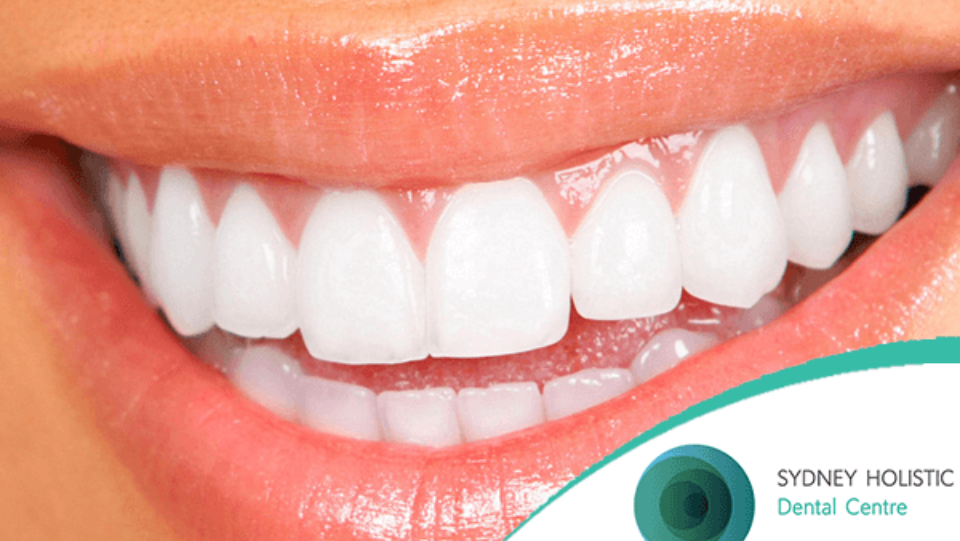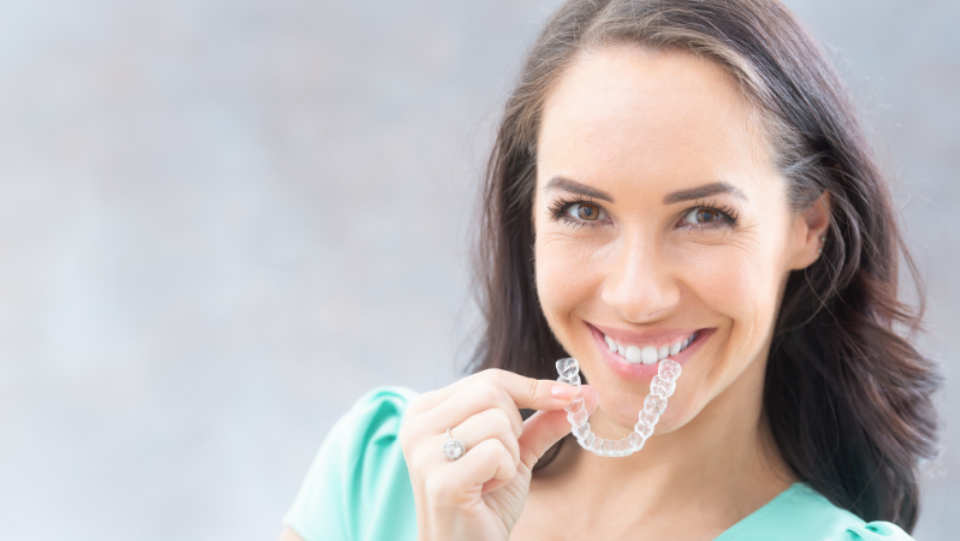Hygienist Advice: Tooth Whitening
Hygienist Advice: Tooth Whitening

Do you want a smile that “lights up the room”?
Over the past two decades, tooth whitening or bleaching has become one of the most popular aesthetic dental treatments. Just like we all have different hair and skin colour, people also have different tooth colour. Aging can also help teeth to look yellower. Some of us have teeth which are more yellow than others.
How does aging make our teeth more yellow?
Teeth yellowing is a normal part of aging. It’s the inner part, dentin – not the enamel that changes colour and becomes more yellow. As teeth repair themselves, the new dentin is darker, and as the enamel is getting thinner due to wear and erosion it helps the colour of dentine to come through and become more visible.
There are other factors which can make our teeth stain
Besides the natural aging process, surface stains (extrinsic) and internal (intrinsic) discoloration can be caused by:
- Using tobacco (smoked or chewed), drinking coffee, tea,
red wine, and eating pigmented foods such as
cherries and blueberries - Accumulation of plaque and tartar deposits
- Ingesting too much fluoride when teeth are forming, which gives teeth a “mottled” look
- Treatment with the antibiotic tetracycline during childhood
- Trauma to the teeth that may cause a brown, gray or black color
The first step to a whiter smile is to have a dental appointment with a hygienist or a dentist for a professional cleaning which helps to whiten your teeth by removing surface staining.
Every day, a thin coating (pellicle) forms on the enamel and picks up stains. Tooth enamel also contains pores that can hold stains. Therefore a Good oral hygiene is essential to maintaining your beautiful smile, so remember to brush at least twice a day and to floss daily. Flossing helps remove the pesky plaque that builds up between teeth and the gum line which attracts stains. Brushing removes food particles before they have the chance to cause stain. If you’re interested in learning more the preventative measures you can take for tooth whitening click here.
Professional tooth whitening is not for everyone.
Only your dentist and hygienist can tell you if your teeth and gums are healthy enough to go through a whitening process also you need to know fillings, veneers or crowns do not bleach. Sometimes whitening is definitely contraindicated for:
- Patients with very sensitive teeth and allergy to peroxide.
- Exposed dentin and root surfaces.
- Pregnancy or nursing women. Since there isn’t enough evidence to tell us for sure whitening is safe, health care providers recommend that you wait until after pregnancy and breast feeding to have your teeth bleached.
- Minors less than 16 years old because the pulp of the root grows up around this age therefore whitening can irritate the pulp.
- Dental Trauma.
- Enamel development defects and root resorption.
- Cracks or fissures and Caries.
- Untreated periodontal disease.
- Very dark and grey teeth.
Finally patients should know that bleaching result vary from person to person. Not all teeth have the same whitening result. Each tooth has its maximum whiteness beyond which it will not whiten, regardless of the technique or material used.
Whitening bleaches/ Methods
Current tooth bleaching materials are based primarily on either hydrogen peroxide or carbamide peroxide. These compounds when activated in contact with the surface of a tooth release free radical oxygen, which penetrates the outer layers of the tooth and oxidise the colour producing pigments giving it whiter appearance.
Basically there are three options available for bleaching:
- Over-the-counter products. Whitening Toothpastes only lightens your teeth superficially by being more abrasive than regular toothpastes. They also can cause sensitivity, be too abrasive on the teeth, and lead to gum recession. These products do not change the colour of teeth because they can only remove stains on the surface.
- At home bleaching with custom-made plastic trays.
If you prefer to do the whitening yourself, I will prepare personalised whitening trays that snugly fit your teeth, then in the comfort of your home you simply fill the trays with the whitening gel, fit them over your teeth and wear them for 30 to 60 minutes a day. Home whitening gel usually needs to be applied daily for two to three weeks.
- In-office whitening.
Generally uses a higher concentration of Hydrogen peroxide (35% hydrogen peroxide). With this method proper isolation and protection of mucosal tissues are essential.
Be sure you see an accredited dental professional who has completed a board approved course in the areas of laser and tooth whitening, using TGA approved product.
Whitening is not a one-time procedure. It will need to be repeated from time to time if you want to maintain the brighter colour. The stains will come back. Avoid tobacco and beverages that stain, such as red wine, tea and coffee. You can also consider a bleaching touch-up once or twice a year at home
Some people who use teeth whiteners may experience tooth sensitivity. That happens when the peroxide in the whitener gets through the enamel to the soft layer of dentin and irritates the nerve of your tooth. Tooth mousse for two weeks prior to bleaching can reduce sensitivity.
Natural methods
Coconut oil
One method of naturally whitening the teeth is through the use of coconut oil.
Oil pulling is an Indian remedy used primarily to enhance oral health and cleanse the body. The basic concept is swishing coconut oil in the mouth for 20 minutes to help remove plaque and bacteria from the mouth. Coconut oil has been proven to be effective against the streptococcus mutans bacteria that contribute to cavities and gum disease.
Use a Straw
Coffee, tea, soda, and wine can all cause serious damage to the enamel of your teeth. Whenever possible, use a straw to reduce direct exposure to teeth
Fruit / vegetable
Apples, celery and carrots may help whiten teeth as they act like natural stain removers by increasing saliva production.
Have a good OH
Finally Remember:
Appreciate that everybody is different. Our teeth may never look snow white, no matter how much you bleach them. So, be reasonable! Remember, many “perfect” teeth you see in magazines may be professionally altered with bonding, veneers, or photo enhancing software!
This article was written by SHDC Hygienist and Therapist Kim Zonnoorian.


